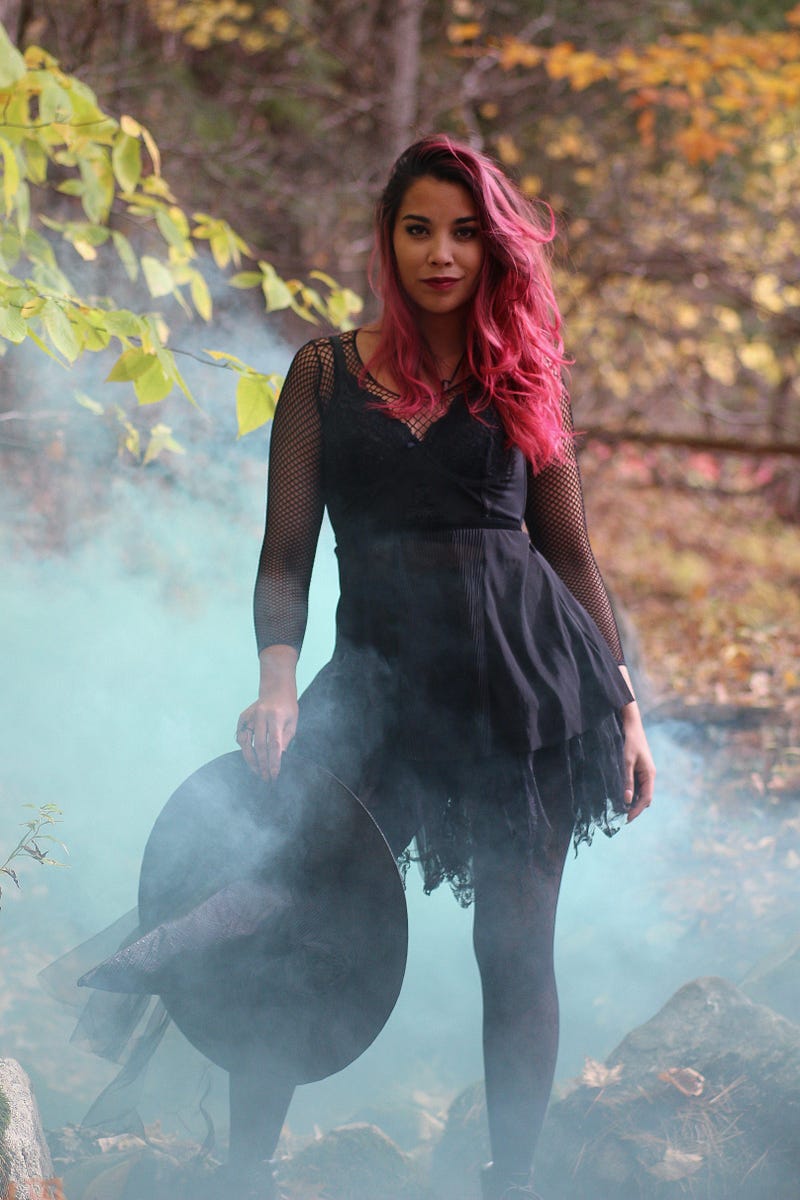Understanding the Reality of Ginger Bullying: Insights and Impact
Written on
Chapter 1: The Origins of the Term "Ginger"
The term "ginger," referring to individuals with red or reddish hair, is not a recent invention. Its roots can be traced back to the UK during the 18th and 19th centuries, influenced by the British occupation of Malaysia. The name draws inspiration from the red ginger plant, which bears a striking resemblance to the hair color of redheads.
Various theories have emerged regarding the association of the term "ginger" with red-haired individuals. These include cultural references such as the character Ginger from the classic television show Gilligan’s Island, the hue of ginger-based confections like gingerbread and gingersnaps, and the notion that ginger root adds heat and spice to dishes.
In Gilligan’s Island, Tina Louise portrayed the glamorous redhead, Ginger, contrasting with her wholesome brunette companion, Marianne. This rivalry between the characters sparked the timeless debate: "Who do you prefer, Ginger or Marianne?"
A search for "ginger" in the Urban Dictionary might not be flattering for those proud of their vibrant locks. The entry describes gingers as individuals with bright red hair, fair skin, and freckles, often implying an inferior status due to a perceived lack of melanin. This raises the question: Why are gingers particularly vulnerable to bullying?
The rarity of redheads is a significant factor; they comprise less than two percent of the global population. Their distinctive hair color is the result of a mutation in the MC1R gene, often referred to as the "ginger gene." Even in Ireland, where red hair is most prevalent, only about 13% of the population has this unique trait.
Because redheads are so uncommon, they often find themselves targets of teasing and ridicule. Individuals who stand out due to race, sexual orientation, disability, religion, or beliefs are frequently subjected to bullying. Society tends to dismiss teasing redheads as harmless, but ginger discrimination extends far beyond mere name-calling.
Historically, redheads have faced negative stereotypes. Ancient Greeks believed they could transform into vampires, while during the Middle Ages, they were often labeled as witches or warlocks. Adolf Hitler even branded red-haired individuals as demonic, reportedly prohibiting two redheads from marrying to prevent "defective" offspring.

Chapter 2: The Impact of Bullying on Redheads
Many red-haired individuals find derogatory terms like "carrot-top" or "tomato-head" to be objectifying and hurtful. The challenges they face extend beyond social stigma; studies show that redheads experience heightened sensitivity to pain, are more susceptible to skin cancer, and women with red hair may encounter increased reproductive health issues.
How prevalent is bullying related to hair color in the U.S.? Research indicates that up to one in three school-age children and teenagers report experiencing bullying. This behavior adversely affects everyone involved—the victim, the perpetrator, and witnesses—leading to increased rates of anxiety, depression, and physical health problems. Those already struggling with mental health issues may face heightened risks, including suicidal thoughts.
In today’s digital age, bullying transcends traditional forms, manifesting through emails, text messages, and social media platforms.
The 12-Year-Old Boy Bullied for Being Ginger | This Morning - YouTube
This video highlights the personal experiences of a young boy who faced bullying due to his ginger hair, illustrating the emotional toll it takes on individuals and the urgent need for empathy.
It's Tough Being Ginger - YouTube
This video discusses the unique challenges faced by redheads and the cultural perceptions surrounding ginger hair, shedding light on the importance of understanding and acceptance.
Hope for the Future
Fortunately, initiatives aimed at combating bullying have emerged at various educational levels. Programs focused on fostering tolerance and celebrating diversity mark a positive step forward.
Redheaded children can draw pride from historical and mythical figures known for their striking red locks. Influential and creative individuals throughout history—such as Venus, Galileo, Emily Dickinson, and Mark Twain—have sported red hair. Many actors and artists, both classic and contemporary, have also embraced their ginger heritage, including Rita Hayworth, Spencer Tracy, Maureen O'Hara, and modern stars like Amy Adams and Ron Howard.

The struggles redheaded children endure due to bullying, while not as severe as those faced by marginalized groups experiencing racism or homophobia, still warrant serious reflection. It is crucial to examine our behaviors and intentions when using differences as a basis for mockery, as the harm inflicted may be greater than we realize.
Marcia Gage currently resides in downtown Minneapolis with her husband. She is a mother of four adult sons and a grandmother to five. An AWAI Certified Copywriter and member of the International Travel Writers and Photographers Alliance (ITWPA), Marcia focuses on topics such as travel, wine, CBD, alternative health, psychology, and self-improvement. With a background in Education and Development, she holds a Master’s degree in Psychology. In her free time, she enjoys reading, music, gardening, and baseball. Connect with her on Facebook.